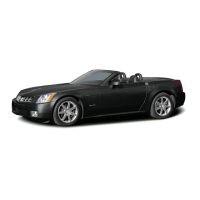
Do you have a question about the Cadillac 2005 XLR and is the answer not in the manual?
| Brand | Cadillac |
|---|---|
| Model | 2005 XLR |
| Category | Automobile |
| Language | English |
Guidance on proper use, importance, and types of safety belts for all occupants.
Information on using child seats, LATCH systems, and proper restraint for infants and older children.
Details on airbag locations, deployment, and precautions to ensure safety.
Guidance on new vehicle break-in, ignition positions, and engine starting procedures.
How to set, resume, increase, and decrease speed using cruise control.
Features and operation of the adaptive cruise control system, including following distance.
Controls for heating, cooling, and ventilation systems.
Operation of the dual climate control for independent driver and passenger settings.
Explanation of various warning lights, gages, and indicators on the instrument panel.
The function of the safety belt reminder light and chime.
What the airbag readiness light indicates about the system's status.
The indicator for when passenger airbags are deactivated.
Meaning of the brake system warning light and recommended actions.
Indicator for issues with the ABS system.
Warning light for problems with the TCS or StabiliTrak systems.
Indicator for low or high tire pressure conditions.
The meaning of the "Check Engine" light and potential issues.
Basic information for operating the navigation system and its limitations.
Options for customizing map appearance, navigation settings, and voice guidance.
Steps for planning a route using various destination entry methods.
Methods for entering destinations, including address, POI, and map selection.
Customizing route planning options like detour distance and route settings.
Operating the audio system through navigation menus, including sound settings.
Using voice commands for hands-free operation of navigation and audio features.
General advice on safe driving practices and vehicle control.
Principles of defensive driving, anticipating hazards, and maintaining safe distances.
Dangers of alcohol impairment on driving skills and consequences.
Understanding the vehicle's control systems (brakes, steering, accelerator) and factors affecting them.
Factors affecting braking distance, perception time, and reaction time.
How ABS works to prevent skidding and proper braking technique with ABS.
Function of TCS to limit wheel spin and when to turn it off.
How StabiliTrak helps maintain directional control by applying brakes.
Importance of adjusting speed for curves and understanding traction limits.
Safe techniques and considerations for passing other vehicles.
Precautions for driving in wet conditions, including hydroplaning and brake care.
Advice for safe driving on freeways, including merging and lane changes.
Tips and emergency supplies for driving in winter conditions.
Importance of correct vehicle loading and weight distribution for safety.
Importance of dealer service and use of genuine GM parts.
Recommended fuel types, octane ratings, and specifications for optimal performance.
Safe procedures for refueling the vehicle, including precautions against fire.
Safety precautions and items to check under the hood, including electric fans.
Checking engine oil level, adding oil, and what kind of oil to use.
How the system monitors oil life and when to reset it after an oil change.
Checking and changing automatic transmission fluid, and recommended types.
Information on the cooling system, recommended coolant mixture, and adding coolant.
Recognizing and responding to engine overheating conditions and protection modes.
General information about the vehicle's braking system.
Checking brake fluid level, reasons for level changes, and proper fluid type.
Information on the maintenance-free battery, replacement, and safety precautions.
Safe procedures for jump-starting a vehicle with a dead battery using jumper cables.
General information about tires, including maintenance and safety.
Information on the vehicle's run-flat tires, their operation, and replacement.
Importance of correct tire inflation and consequences of under/over-inflation.
How the TPM system monitors tire pressure and alerts the driver.
Safety precautions and procedures for lifting the vehicle with a jack.
What to do if a tire goes flat, especially with run-flat tires.
General advice on cleaning products and vehicle appearance care.
Proper procedures for washing the vehicle to preserve paint finish.
Overview of the vehicle's electrical system, fuses, and circuit breakers.
Explains Maintenance I and II based on the "Change Oil Now" message.
A list of recommended fluids and lubricants, including part numbers.
Steps to follow for resolving concerns with dealerships and Cadillac.
Overview of Cadillac's Roadside Service benefits and emergency assistance.






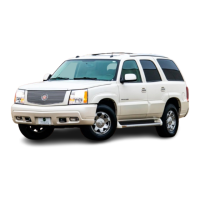


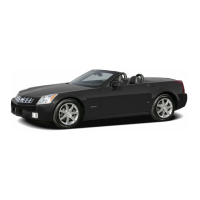
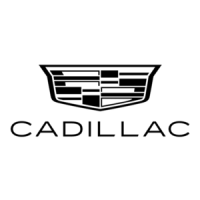
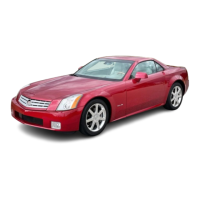
